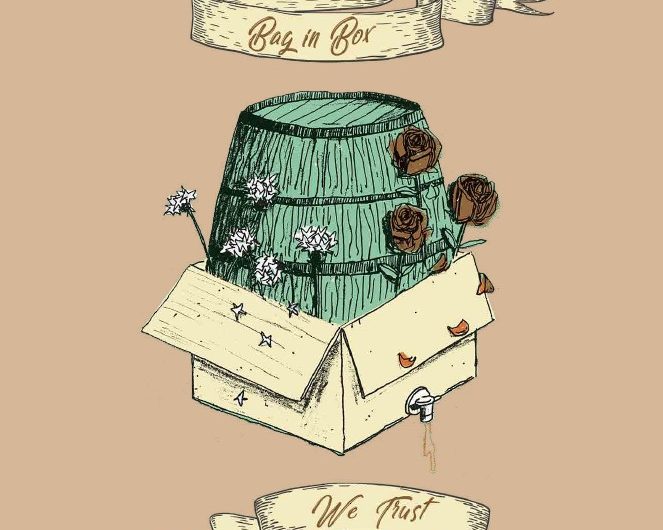Bag-in-box
Reducing wine’s carbon footprint

Reducing wine’s carbon footprint

Whenever wine is discussed, the conversation generally turns to terroir, grape varieties, or a particular Grand Cru. People rarely talk about bottle production, the energy required to operate winery equipment, or the fuel that harvesters use to fill their tanks on harvest morning or to transport wine between the various players involved in the industry. However, a wine’s journey is as important as its origins, even though it does not necessarily affect its quality.
According to Gaia Consulting, the global warming potential (GWP) of a 750 ml glass bottle of wine is around 0.48kg of CO2. This is approximately equivalent to driving 3 km in a diesel Renault (I know, who drives a Renault anyway). Of these 0.46 kg of CO2, around 30% of the emissions come from wine production, 40% from transport and 40% from packaging. This means that as winemakers, our level of influence is relatively limited as regards this 30% from wine production (making a good wine will always require power and water). However, we can reduce our footprint in terms of transport and packaging by making key choices. Bag-in-box, also known as BIB, is our response. The global warming potential of a three-litre bag-in-box is around 0.21kg of CO2, which when broken down to the equivalent of a 750ml bottle means an impact of 0.05kg of CO2, or around a tenth of a glass bottle of wine!
We have been making and selling BIBs since 1996. At that time we used a ‘classic’ BIB format, which was rather square in shape. Technology has developed over the years and BIB has become more attractive, lighter and smaller, making it even easier to transport. In 2018, 45% of our wines were shipped as bag-in-box (3, 5 and 10 litres) whilst the remaining 55% were shipped in glass bottles, 80% of which were ‘lightweight bottles’ weighing less than 420g per bottle.
It would be easy for us as winegrowers to stay in our comfort zone, where tradition outstrips innovation – a lovely bottle with a good heft can be more impressive and inspire a greater feeling of quality for the consumer. In an industry as rooted in tradition as this one, it is our duty and responsibility to make big changes. The market demands more sustainable practices and is increasingly interested in new experiences, so we must be the ones to take the first steps towards a greener, more responsible wine industry.
By Quentin Vidal – Marketing Director